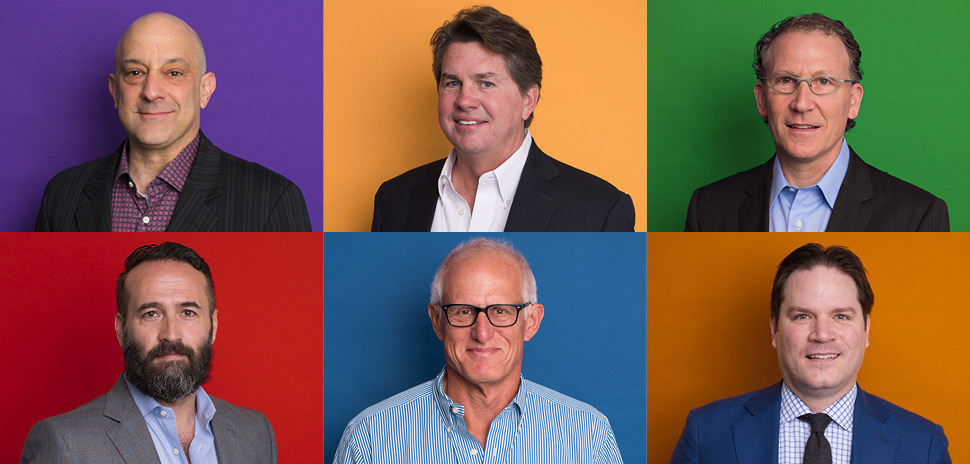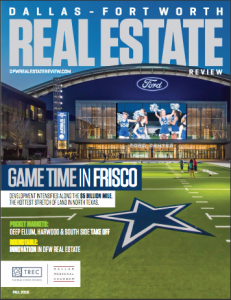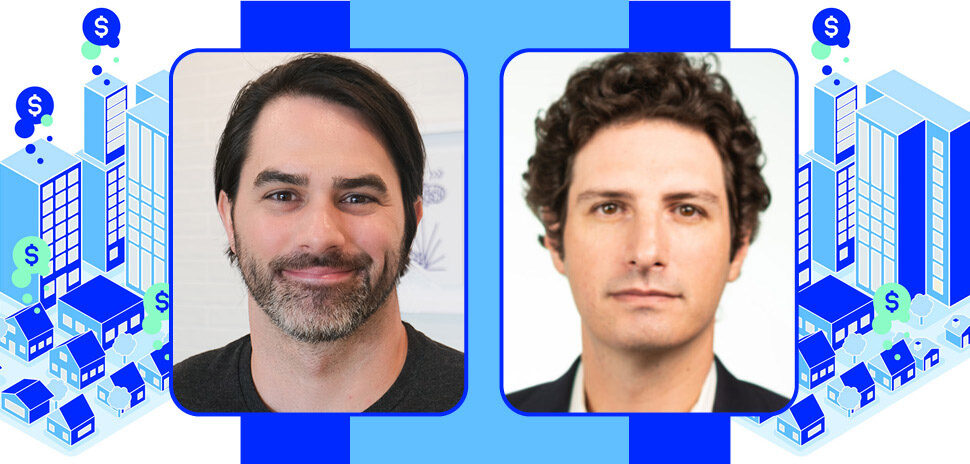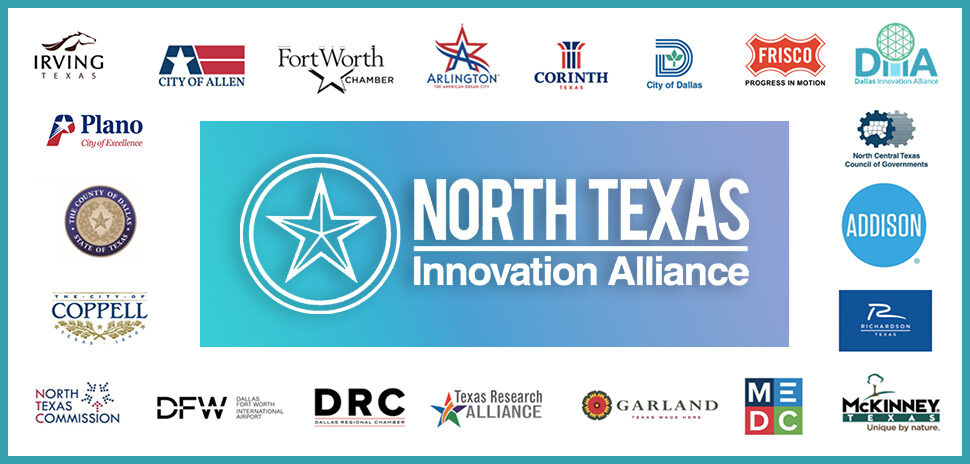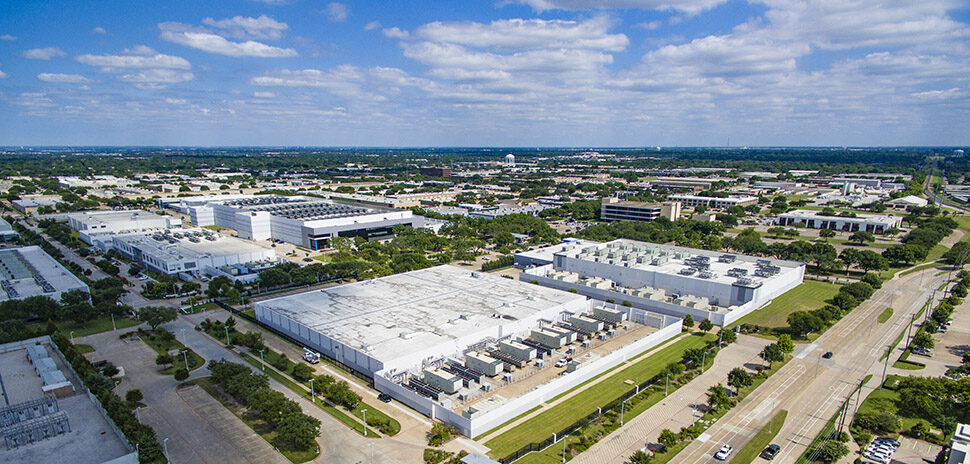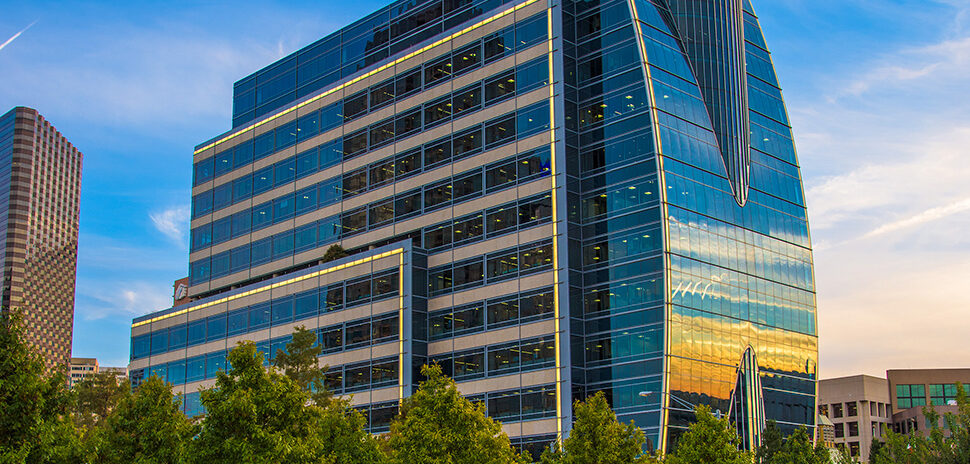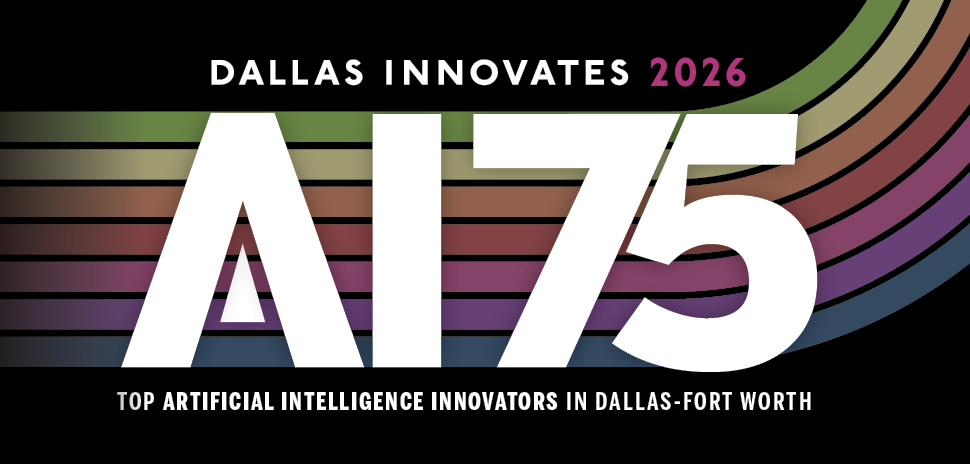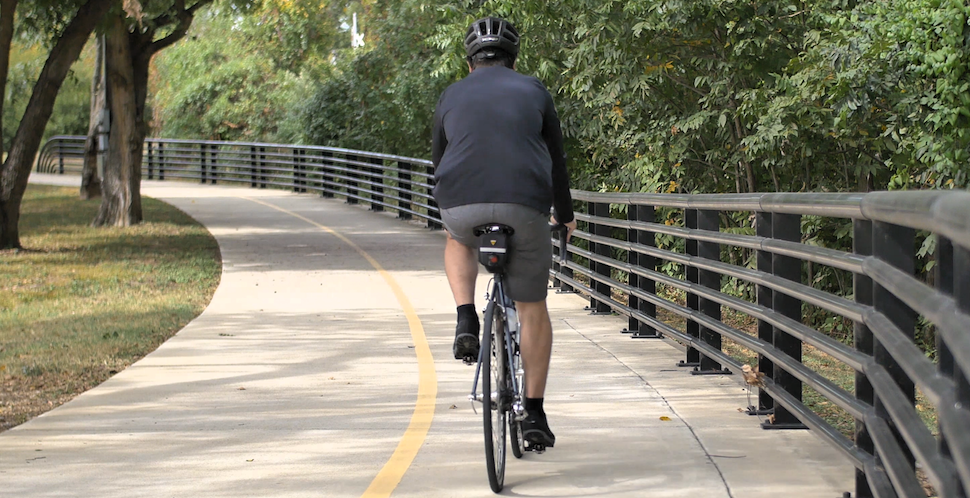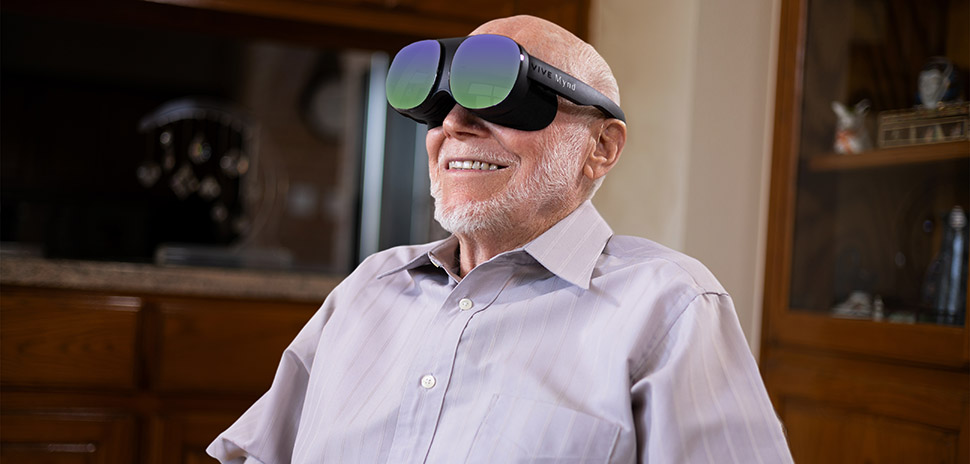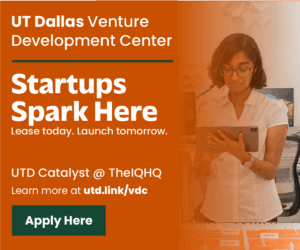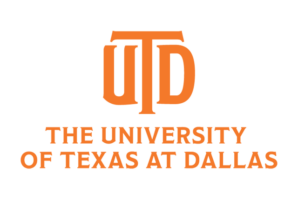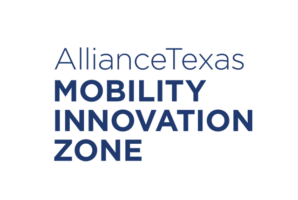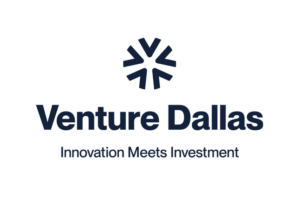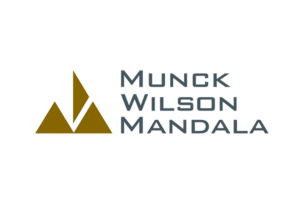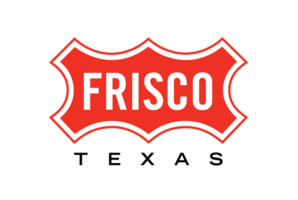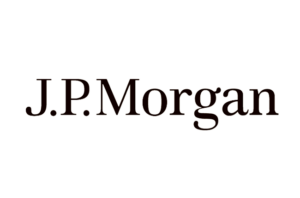![]() This is the first installment in our innovation in real estate roundtable series.
This is the first installment in our innovation in real estate roundtable series.
Dallas-Fort Worth is home to some of the most talented innovators in the industry. Christine Perez recently had a chance to catch up with our panel of real estate experts to chat about how they are leading the industry through a tsunami of change.
PANEL
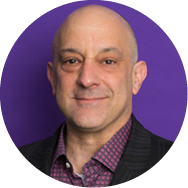 Scott Polikov, principal and founder of Gateway Planning, is a national leader advancing the new economics of place. He is known for his work in unlocking the true value of neighborhoods and focusing on public-private partnerships.
Scott Polikov, principal and founder of Gateway Planning, is a national leader advancing the new economics of place. He is known for his work in unlocking the true value of neighborhoods and focusing on public-private partnerships.
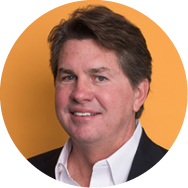 Jeffory Blackard, founder and CEO of Blackard Global, has developed more than 20 master-planned communities. He’s the driving force behind the “NeoRetroism” development philosophy.
Jeffory Blackard, founder and CEO of Blackard Global, has developed more than 20 master-planned communities. He’s the driving force behind the “NeoRetroism” development philosophy.
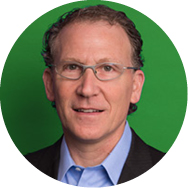 Mike Ablon, founding partner of PegasusAblon, runs a multidisciplinary development and investment firm focused on the integration of emerging markets and evolving demographic trends.
Mike Ablon, founding partner of PegasusAblon, runs a multidisciplinary development and investment firm focused on the integration of emerging markets and evolving demographic trends.
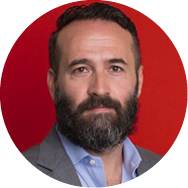 Heath May, associate principal at HKS, directs the firm’s LINE (Laboratory for INtensive Exploration), which focuses on advancing architecture and design through
Heath May, associate principal at HKS, directs the firm’s LINE (Laboratory for INtensive Exploration), which focuses on advancing architecture and design through
technology.
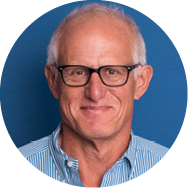 Robert Shaw, managing partner of Columbus Realty Partners, is one of the most active multifamily developers. He helped pioneer Uptown and was a proponent of walkability decades before the movement caught on nationally.
Robert Shaw, managing partner of Columbus Realty Partners, is one of the most active multifamily developers. He helped pioneer Uptown and was a proponent of walkability decades before the movement caught on nationally.
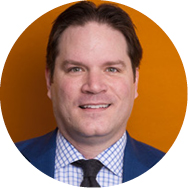 Jeff Eiting, vice president at CBRE, is the co-leader of the firm’s technology and media practice in Dallas. As a trusted advisor, he works with startup and mid-cap corporate clients.
Jeff Eiting, vice president at CBRE, is the co-leader of the firm’s technology and media practice in Dallas. As a trusted advisor, he works with startup and mid-cap corporate clients.
Let’s start by getting a little background info and learning a little more about what each of you do.
MIKE ABLON: I’m founding partner of PegasusAblon. We’re a Dallas-based company that focuses on where culture meets the city fabric, and we do that specifically within real estate.
ROBERT SHAW: I’m managing partner of Columbus Realty Partners, which focuses primarily on multifamily developments. I’ve been doing it for more than 30 years, since 1987.
SCOTT POLIKOV: I’m with Gateway Planning. We’re a Dallas and Fort Worth-based urban design and development consulting firm, and work all over the country. Walkable neighborhoods are what we work on, as well as downtown redevelopment and new development primarily for legacy owners looking for long-term value creation rather than merchant building returns in two to three years.
HEATH MAY: I’m with HKS LINE, our Laboratory for INtensive Exploration. We are a design studio and a research and development team. I’m a generalist architect who works on a wide variety of projects, from sports stadiums to small residential apartments.
JEFF EITING: I’m an office tenant rep at CBRE, where I specialize in technology and media clients. I help startup companies all the way up to established companies, and everything in between, both in Dallas and nationally.
JEFF BLACKARD: I’m the founder and CEO of Blackard Global, and I build villages. I’ve done resorts and master-planned communities and office parks, but for the last 12 years of my life, I’ve focused on building villages.
North Texas is known for its “business-as-mutual” attitude, doing things like building a park on the top of a divisive highway and forming public-private partnerships. What are some other real-estate-related innovations that originated here? And in your career, what’s the most innovative thing you’ve done or seen?
SHAW: One is the creation of what’s called the “garage wrap,” which is a four- and five-story apartment complex wrapped around an elevated garage. I believe that happened in Dallas here first, and it’s been perfected here. Most of the multifamily projects being built in the country today use that. At the time it was being created, building codes didn’t really allow for it. City of Dallas staff and others were very responsive to it. You couldn’t have had the urban expansion of housing like we’ve had if it all had to be in concrete. And the fact that you could do it in a form that met your customer’s needs, and do it with wood—it has been profound.
“[I believe the ‘garage wrap’] happened in Dallas first, and it’s been perfected here. Most of the multifamily projects being built in the country today use that.”
ROBERT SHAW
POLIKOV: We work around the country, and I can tell you that Columbus Realty gets direct credit for that innovation.
SHAW: So, I wasn’t seeking that credit here. I was just highlighting that fact that a lot of consultants and city people had to be involved in that process.
ABLON: When I think of innovation, I think of a partner of Robert’s, Roger Staubach, and the way he pioneered tenant representation as a service sector. It was a major innovative factor for the industry on a national basis. It was fun for me early in my career to see it develop, and a lot of kudos to Mr. Staubach for doing that.
“When I think of innovation, I think of … Roger Staubach, and the way he pioneered tenant representation as a service sector.”
MIKE ABLON
Second was the invention of the Internet, which led to the prevalence of a just-in-time product coming on and its direct correlation to the industrial sector. Dallas was very much at the front end of the warehouse becoming a logistics facility. The way those buildings were built to innovate in real time to keep up with the changing world of distribution and logistics was remarkable.
EITING: For me, it’s Trammell Crow. He started his business here, and started the partner model of real estate. And then you look at the Dallas landscape and across the country, at how many leaders started at Trammell Crow and built companies with that partner model. It was before my time, but everybody in our company — CBRE merged with Trammell Crow Co.— definitely tries to carry that flag forward.
“[Trammell Crow] started his business here, and started the partner model of real estate.”
JEFF EITING
POLIKOV: Tax Increment Financing is a tool that many states now use around the country. Texas has been a leader in using that to facilitate public-private partnerships. One example is a project we worked on, taking a very valuable hard corner at U.S. 75 and State Highway 190, creating a design that would be enduring through multiple cycles, driving long-term value. It allowed us to sell the property at a very strong fair market value price to KDC. And that TIF was also sold to KDC. What’s interesting about that is that the TIF reimbursements were used to write-down the effective long-term lease to State Farm. State Farm was happy to pay a few dollars over per-square-foot for a highly-amenitized environment, but not the total cost. So Richardson effectively participated as a partner in that ability to attract State Farm. I think a lot of people misunderstand that properly used, tax increment financing actually is a core partnership tool.
“Texas has been a leader in using [Tax Increment Financing] to facilitate public-private partnerships.”
SCOTT POLIKOV
ABLON: Well, it was very instrumental in the Design District. They set up a TIF there, and it helped take a 60-year-old city fabric into a new fabric. For redevelopment, is an incredibly helpful instrument.
POLIKOV: If the cities and counties don’t participate through these long-term reimbursements for the right projects, then there is pressure on the developers to really dumb-down the projects so they can work financially.
Any other innovations?
POLIKOV: I’d like to mention one more, which involves collaboration. TxDOT deserves a lot of credit for leading the Dallas CityMAP project. We were on a team with HNBT for the design and development analysis for the corridors that surround Interstate 345 and what to do with them. Patrick Kennedy and D Magazine first raised the issue, but the collaboration between the city, the county, the development community, DART, and TxDOT — it’s unparalleled in the country.
“TxDOT deserves a lot of credit for leading the Dallas CityMAP project … the collaboration between the city, the county, the development community, DART, and TxDOT — it’s unparalleled in the country.”
SCOTT POLIKOV
I think TxDOT completely changed the dialogue by taking the lead, and of course, Commissioner Victor Vandergriff deserves a lot of credit, too. I think North Texas will be put on the map in terms of absolutely influencing the rest of the country in that regard. They took a risk, and it worked.
The world as we know it is changing, with a tsunami of new technologies and trends changing the way people work and live. What’s the most significant example of this that you have noticed?
ABLON: Dallas was clearly a post-World War II suburban city from the infrastructure and mentally. And the leading industry of Dallas for the last 50 years has clearly been in-migration. It’s not technology. It’s not manufacturing. It’s in-migration. As much as the internet connected people, it has disconnected them. In return, there has been a desire to get back to a little more connectivity. It’s interesting to watch any suburban city’s high growth turn into itself and start to urbanize. From what Robert was doing years ago on McKinney Avenue to the notion of the Design District and the notion of Preston Center. Walkability has become necessary — a check box on a matrix to get a project done. The duality of continued suburbanization and urbanization is a pretty neat combination.
“The leading industry of Dallas for the last 50 years has clearly been in-migration. It’s not technology. It’s not manufacturing. It’s in-migration.”
MIKE ABLON
SHAW: Office tenants are looking for walkability because they want to employ the millennials who want to be in walkable, mixed-use environments. That’s what drove CityLine in Richardson, and that’s what’s driving Toyota, JP Morgan, Liberty Mutual, and others in Legacy West. It’s all the same. It’s urbanism suburban markets. Addison Circle was a great example of that. Legacy Town Center was a great example of that. But what we have now today is the corporate support. That has been a significant driver. Another big thing is going on, demographically, is what we call this “extended adolescence,” of the “odyssey years,” which is a deferment of marriage. People in their late 20s are living in apartments longer—and they want nicer apartments, too. They aren’t as price-sensitive as they might have been at one time. We’re also seeing baby boomers return to apartments. … That’s propelling all the high-rise (multifamily) development—a belief that the market will be there.
ABLON: If the 28-year-old is an extended adolescent, what do you call the 60- or 65-year-old? A return to adolescence?
SHAW: Yes. A return to adolescence.
“For many of the millennials we hire, it’s not just the bottom line they’re looking for. They want meaningful work and they want a meaningful life. Work is part of that, but it’s not all of that. That’s going to drive new desires.”
HEATH MAY
MAY: We are talking about the tsunami of technology and the trends; I think it’s interesting to dig into why those trends are happening. What is the technology enabling? What’s underlying how these people are changing the way they live, based on the changing world? I’ve been reading lately a book by Alvin Toffler—you guys have all probably read it—called Future Shock. He says sometimes it’s not the change that’s problematic, but it’s the rate of change. And what we are seeing now—it’s a drastic swing. He says if you divide human history into 800 generations, more has changed in No. 800 than in the previous 799. When you think about that, it’s fascinating, because we’re now on 801, and it’s probably going to continue to change at that rate. When you unpack why are people looking for these new products, well, they have different values. For many of the millennials we hire, it’s not just the bottom line they’re looking for. They want meaningful work and they want a meaningful life. Work is part of that, but it’s not all of that. That’s going to drive new desires.
“The millennial is nothing but a vanguard, the first defector of a larger group that also includes 40-, 50-, and 60-year-olds. It’s not an age-based demographic, it’s a lifestyle-based overlay.”
MIKE ABLON
ABLON: With the word millennial, we tend to inadvertently assume they’re all the same. We’ve actually looked at a different context and called it Generation C or Generation Connected. The influence in driving change isn’t only in that new group. They’re just the vanguard. The millennial is nothing but a vanguard, the first defector of a larger group that also includes 40-, 50-, and 60-year-olds. It’s not an age-based demographic, it’s a lifestyle-based overlay. For both multifamily and office, it’s a different context, but it isn’t just the millennial. All of us are going there as fast as we can. The young subset is just less obligated. They don’t have houses. They don’t have children. They are not as obligated to make the change faster. They have more freedom. They also probably have more baggage to unpack. Following Robert’s lead — and we’ve innovated it in our own way — we developed (apartments in the Design District). One of the shockers for us was the average age (of the renters) was well into the 40s. It told us that we weren’t really serving the millennial. We were serving a generation that is now connected.
POLIKOV: The word vanguard is interesting. We worked on a transit project in the Salt Lake City region. A very fast-growing tech company out of California was looking to relocate there, and one of the brokers was talking about the site selection group that came in. Seven of the 12 people were women; everybody was under 35, and they said, fundamentally, only show us sites that have direct access to transit and walking distance to urban housing. Think about that. It’s a complete flip from just five years ago (when cost was the big driver in decisions). The same is true in housing. It’s not an income issue, it’s a cultural preference. We’re now delivering housing for extended families, for example, that has multiple entryways, construction types where you can actually reconfigure the units easily, if the developer finds that the mix has changed. These are innovations that architectural firms like HKS can really jump on. To me, that’s an unmet need where innovation can really be advanced.
We’re all talking about how these are all new trends. But, Jeff, your belief is that this development style is actually very old. Can you talk about what you learned in Croatia, and the philosophy you call NeoRetroism?
BLACKARD: Sure. I did a development called Adriatica in McKinney. It was modeled after an old fishing village in Croatia, but it’s really about the philosophy behind how we approach real estate. I’ve come to believe that how we develop in America is completely wrong. We use zoning to segregate our society. I came to these conclusions after studying Old World villages that have survived for centuries in Europe. So I visited with some of the great planners in the world today, and I asked them, “What are we trying to be?” We had the subdivisions of the 1940s and ’50s and ’60s, then the master-planned communities and the gazebos, and then we got to new urbanism. I realized that what we are really trying to create is a village. But we are driven by Wall Street, which dictates certain things. What Wall Street hasn’t figured out is that a village has less risk. So that’s my passion. I’ve only done one little $200 million experiment, but I’m working on another village in Corpus Christi. My whole belief is this: I think the philosophy should drive the design. It’s not something I invented; this development approach has been around for a long time. We’ve got to fix it here, and we have to stop our disease from spreading to other countries.
“I’ve come to believe that how we develop in America is completely wrong. We use zoning to segregate our society. I came to these conclusions after studying Old World villages that have survived for centuries in Europe.”
JEFFORY BLACKARD
Your approach goes beyond new urbanism to include mixed income levels and mixed uses all sharing the same space, not segregated within a development. It goes back to flexibility and connectivity, which is what’s driving everything we’re talking about. So how could the North Texas real estate industry be more innovative? And what unique ingredients does DFW have to unleash the innovation tsunami? Conversely, what’s standing in the way?
POLIKOV: I think Jeff already said it. We have to break the hold on real estate finance. As long as we have the single uses and cash flows that are driven by real estate, it’s basically just a commodity that represents a cash flow as opposed to underwriting to a more complex set of diverse factors that will reduce risk —which in single cash flow underwriting actually is viewed as the opposite. With village environments, you have more diverse-use cash flows mixed together. I think we can innovate financially instead of our simplistic underwriting, which our big institutional investors require. And I think Dallas-Fort Worth can actually stand up and say, “Nope. We could actually return present-value greater returns than what your model suggests.” As things currently stand, stratification is forced just going by the underwriting. Smaller, newer developers want to do it, but unless they have a special angel or a private equity source that gets it, a lot of times they can’t get financing.
We have to break the hold on real estate finance. … I think Dallas-Fort Worth can actually stand up and say, “Nope. We could actually return present-value greater returns than what your model suggests.”
SCOTT POLIKOV
SHAW: The institutional market wants the cash flows associated with walkable, urban mixed-use. But you’re right. They are very complicated, and the sponsor matters. These are big deals — a $200 million project on four city blocks that has 130,000 square feet of retail, 130,000 square feet of office, 700 apartments — they are just not going to do that with anybody because it’s just too big.
POLIKOV: The small ones tend not to get financed if they have a lot of moving parts.
SHAW: Yeah, I get you. But I’m telling you, the core funds, the pension core funds are now looking for that product because they have confidence in this financial performance over a long period of time. Our partner in Legacy West, which is a $400 million project, is a core fund. They don’t ever want to sell it. They want to own that forever.
POLIKOV: I think that’s the exception.
SHAW: But, there’s an appetite for that type of real estate project. Now, to respond to your question about what opportunities we have to unleash innovation. First, there’s a lot of real estate talent here in Dallas. There are a lot of very smart, very good people in real estate and city government, believe it or not, who get it. From Fort Worth to Dallas to Plano to McKinney, they get it. And then you’ve got a lot of policymakers who are searching for the truth and helping build their cities for the future. We’re very fortunate that we don’t have a lot of the barriers that other cities have; some communities like to assign this “bad intent” on a developer when they’re trying to do the built environment. When you bring all that together, DFW is responding and delivering a lot of things that speak to what Jeff’s talking about, but also perform financially. That gives me a lot of optimism, and whether it’s technology-led or customer-driven, or whatever, we’re going to respond, because of the ethos of this place.
“There’s a lot of real estate talent here in Dallas. There are a lot of very smart, very good people in real estate and city government … From Fort Worth to Dallas to Plano to McKinney, they get it. And then you’ve got a lot of policymakers who are searching for the truth and helping build their cities for the future. We’re very fortunate that we don’t have a lot of the barriers that other cities have.”
ROBERT SHAW
ABLON: There’s a difference between place-making and building a retail center. A lot of the reference here has been place-making, whether it’s a village or whether it’s some kind of urban fabric, and there’s a place for both. Our company tends to migrate to something that is place-making because it has an identity, it has an ethos, it has a vibe. When you talk about great cities you don’t talk about the city, you talk about moments within the city, the sequence of great moments — Chelsea, Soho. In Dallas, a young city that’s now maturing, you talk about the Cedars, you talk about Uptown, and now Legacy West and its urban moments. There’s a defined difference between having the capacity to build an apartment complex or a strip center or office building and place-making. That’s a different talent. It’s much more multidimensional and requires a number of skills. Over the next 15 years, it’s going to be really fun to watch and participate in the place-making in Dallas-Fort Worth.
MAY: You know, that’s so true. A city or anywhere that is fully inhabited is about a sequence of moments. From a design standpoint, where we can improve at the very fundamental core of what we do is kind of synthesized. I think we can do better in working with developers and working with policymakers to help to investigate and experiment with standards. That’s one thing that’s holding us back. I think we could have a series of these talks to better understand the trending asks of the market. Understanding what people expect now is not going to be what people are going to expect in 10 years, right? They have different expectation, and they may not want the typical floor-to-ceiling glass in an office building. They may value that their building is more sustainable from an energy standpoint, and that’s just one example.
BLACKARD: There’s too much pressure on the architects and planners today. Developers go to them and say, “I own 10 acres or 50 acres. I would like to do apartments.” And then you design it. What the developer should say is, “I want this, this, this, and this.” And I don’t see that. Robert should get a gold star for his work at Addison Circle. I mean, that was the first village-building, really, in Dallas. I can remember the structured parking with apartments and retail on the first floor. Other developers need to be more educated about their projects and what they’re trying to accomplish — and give designers the freedom to stretch that far.
“For me, the test is over a 20- or 30-year life cycle. Will that neighborhood, that village, that strip center, whatever it is, will it reinvent itself?”
SCOTT POLIKOV
POLIKOV: I have a little bit different view. As a planner and designer, I think the planners and designers don’t take enough responsibility in terms of working with the developer. Robert and I were just talking. He’s struggling under some of our design codes that are now more than 10 years old. We’ve learned over time, but I think it’s the planner’s and designer’s responsibility to actually engage the developer — stand in the shoes of the developer and ask themselves: Is it financeable? Is it constructible? For me, the test is over a 20- or 30-year life cycle. Will that neighborhood, that village, that strip center, whatever it is, will it reinvent itself? In other words, when it ages, will an investor come in and buy it and rehab it — or is it going to be depreciated in an amortization schedule because it’s designed to check a box, and the first in makes the money, hopefully, and then nobody cares after that. I think that’s the planner and designer’s responsibility as much as it’s the developer’s responsibility.
BLACKARD: I’m not pointing at anyone when I say, developers. Let me be clear.
POLIKOV: One other thing. Earlier there was the mention of “businesses as mutual.” There is a different culture in Dallas-Fort Worth, and you alluded to it, Mike. Great neighborhood development requires integration, cooperation, private-private, public-private. I don’t know of any other place in the country as regional ethos that does it better than DFW. The reason that’s super important is a lot of the Sunbelt regions are focused on reinventing the core, and then they hope the suburbs are just going to be OK. Here, we’re working on villages and neighborhood centers — some reinvented that are old and some are new — in the suburbs. So people in this region don’t have to go into the core of Dallas or Fort Worth to get that urban experience. Culturally, that is something. Regionalism is really the analog to businesses as mutual. Of course, DFW International Airport probably broke the mold. The pain that Dallas and Fort Worth and Grapevine and other cities went through to get DFW Airport done was the game changer that actually changed the regional culture because it required everybody to work together in a way that others don’t.
“Dallas is a breeding ground for some of the best developers and architects in the world. If you can make it here, you can make it anywhere.”
JEFFORY BLACKARD
BLACKARD: We are very lucky. Dallas is a breeding ground for some of the best developers and architects in the world. If you can make it here, you can make it anywhere.
SHAW: But don’t leave city staff and policymakers out of that. There are a lot of good people with good intent, seekers of the truth who are trying to do well by their communities.
POLIKOV: A lot of them are risk-takers, and that’s hard when you’re on the public side.
“Dallas-Fort Worth is kind of self-selected for collaborative, good people trying to help create a great environment.”
ROBERT SHAW
SHAW: Dallas-Fort Worth is kind of self-selected for collaborative, good people trying to help create a great environment. We’re the beneficiary of that. Jeff mentioned Addison Circle. Addison Circle would not have happened if there had not been mayor’s approval there. I get some of the credit, but obviously, the city of Addison deserves a lot of the credit because they were there in the partnership with me. The same for the city of Dallas and Uptown. They don’t get credit for it, but the policymakers, the media, and others were very supportive and nurturing that creation of Uptown. I was just the kind of arms and legs and helped the city. I tell cities this all the time. I’m just the arms and legs helping you fulfill your vision for your city, whether it’s downtown McKinney or the city of Plano.
This is part one in a series of the roundtable, “Real Estate Revolution,” that originally appeared in the Fall 2016 edition of the Dallas-Fort Worth Real Estate Review. Christine Perez moderated the panel. The roundtable was edited for brevity and clarity.
READ NEXT:
Architecture, Design: What Does the Future Hold? (Part 2)
Office, Multifamily: Building the Fabric of a City (Part 3)
GET THE REAL ESTATE REVIEW
Sign up to get the quarterly digital edition of our sister publication, Dallas-Fort Worth Real Estate Review, here.

